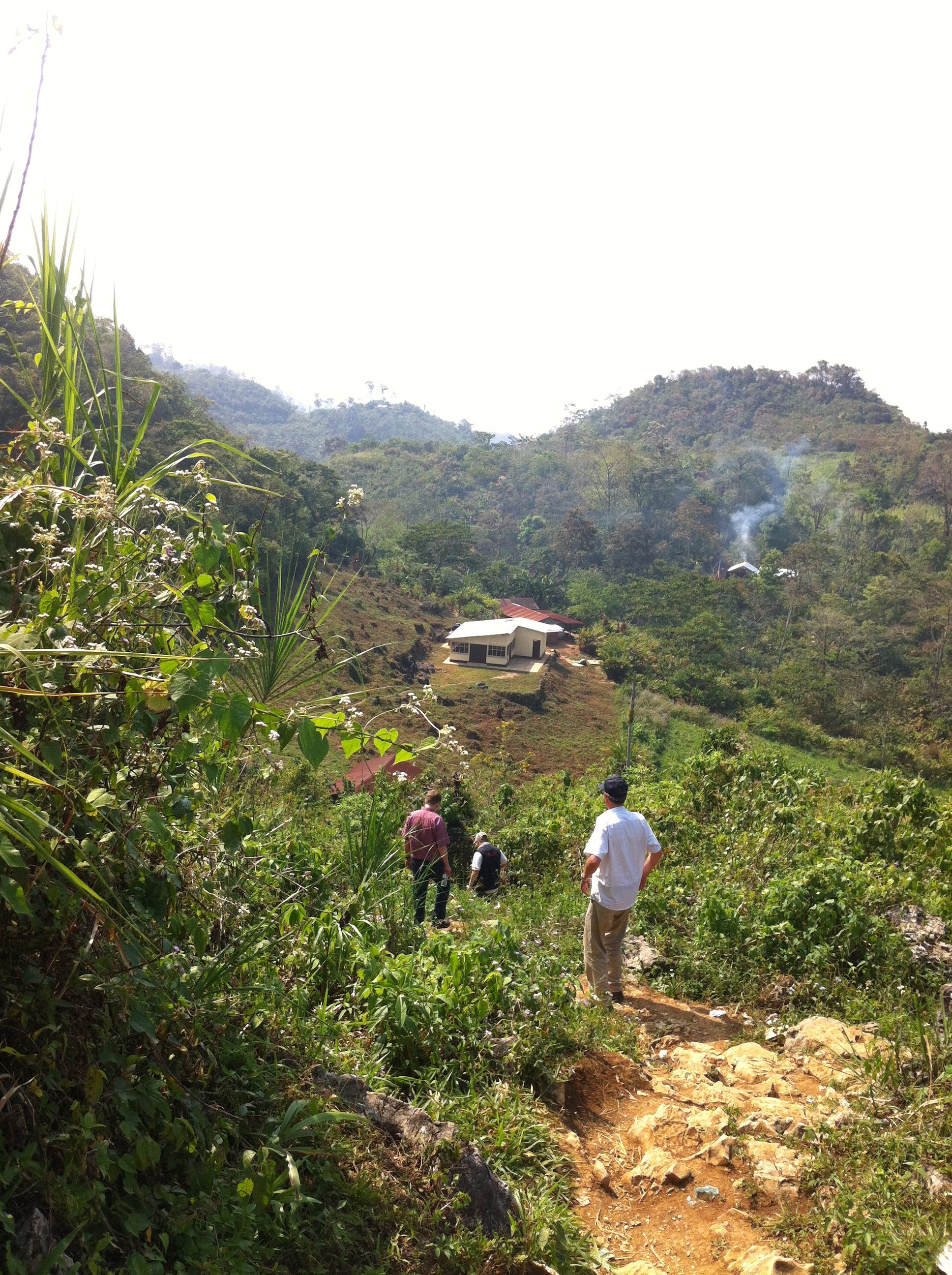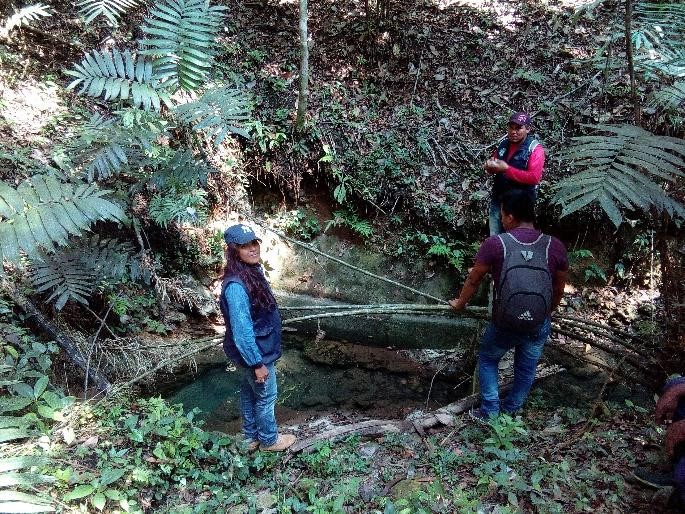July 10th, 2019 | By Stuart Davidson
Tula Supports Environmental Sustainability in Guatemala
Our environmental principles are guided by the UN’s Sustainable Development Goals, which advocate accountability and equitable access to and use of natural resources.
It only takes five hours to drive from Guatemala City to TulaSalud headquarters in Coban, if you're lucky enough to avoid traffic; but in those five hours, it's easy to see the diversity of Guatemala’s natural environment. From the urban sprawl of Guatemala City, to the arid lowlands of El Progreso, along the edges of the Sierra De La Minas mountains, and into the misty highland forests of Alta Verapaz.
Guatemala is among the most ecologically diverse countries in the world; with 14 eco-regions and more than four million hectares of sub-tropical forests. However, the country faces numerous environmental threats relating to environmental contamination, deforestation, and exploitation of natural resources. Due to its geographic location and ecological diversity, it is highly vulnerable to extreme weather events and natural disasters, which disproportionately impact poor families, especially those in rural areas. In Guatemala, the poor depend most directly on the natural environment for food, shelter, and income, and are the first to feel the effects of environmental distress.

We recognize that sustainability in all environments depends on healthy and balanced ecosystems, which are susceptible to even the smallest changes. To ensure that our digital health project contributes to a more sustainable environment in Guatemala and does not cause environmental damage, Tula integrates environmental considerations into each stage of the design and implementation process. Our environmental principles are guided by the UN’s Sustainable Development Goals, which advocate accountability and equitable access to and use of natural resources. We work with our partners at Global Affairs Canada and the Ministry of Health in Guatemala to ensure that Tula’s digital health project aligns with the environmental policies and standards of both the Government of Canada and Guatemala.
We expect that our digital health project will contribute to the sustainability of Guatemala’s environment by reducing environmental stresses, supporting sounder environmental practices, and mitigating the impact of extreme weather events and natural disasters. Some examples, which we are proud of, include:
- Internet-based distance education by the Ministry of Health for health personnel training, reducing the negative environmental impact of transportation and paper-based resources;
- Training modules dedicated to appropriate handling and disposal of biomedical waste in health education curriculum;
- A digital health network for remote clinical consultation, referral, and coordination with fellow health personnel, moving away from paper-based records and referral systems that require scarce resources (Ex. primary health personnel can send images/videos of patient symptoms or clinical forms using SMS/WhatsApp);
- Digital multimedia for delivering community health education and promotion counseling in Mayan languages, reducing dependence on paper-based resources;
- A digital health network for health managers to prioritize distribution of scarce health system resources, reducing unnecessary waste; and,
- A digital health network to coordinate emergency medical response during extreme weather events or natural disasters, such as hurricanes or volcanic eruptions.

As Tula’s digital health network grows, we continue to look at new strategies to leverage this innovative technology to respond to the health care needs of women and children in remote communities, while contributing to the sustainability of the environment in which they live, work, and play.

